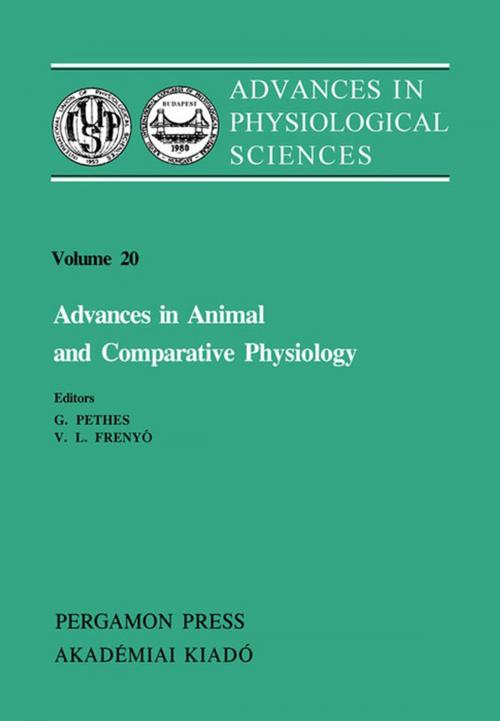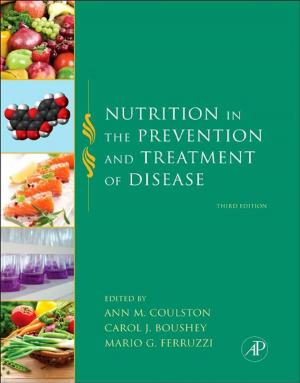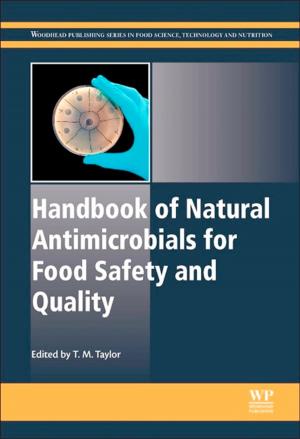Advances in Animal and Comparative Physiology
Advances in Physiological Sciences: Proceedings of The 28Th International Congress of Physiological Sciences Budapest 1980
Nonfiction, Science & Nature, Science, Biological Sciences, Zoology| Author: | ISBN: | 9781483146447 | |
| Publisher: | Elsevier Science | Publication: | October 22, 2013 |
| Imprint: | Pergamon | Language: | English |
| Author: | |
| ISBN: | 9781483146447 |
| Publisher: | Elsevier Science |
| Publication: | October 22, 2013 |
| Imprint: | Pergamon |
| Language: | English |
Advances in Physiological Sciences, Volume 20: Advances in Animal and Comparative Physiology covers the proceedings of the symposia of the 28th International Congress of Physiology. The book discusses several studies that tackle issues about the advances in animal and comparative study.
The text is comprised of 61 chapters in which Chapter 4 and the succeeding chapters are grouped into eight parts based on the topic of the studies. The opening chapter explains sensory modalities beyond human perception, while Chapter 2 discusses trends in the physiology of domesticated animals. Chapter 3 reviews muscles in living animals, which is followed by topics grouped into parts. The first part deals with fetal homeostasis, while the second part discusses control of corpora lutea function of ruminant and non-ruminant domesticated animals. The third part deals with the comparative physiology of lactation in farm animals, while the fourth part tackles digestion in non-ruminant herbivorous animals. Parts 5 and 6 cover topic on diving, which includes metabolism, physiology, and control. The seventh part discusses phylogenesis of hormones and hormone receptors, and the last part covers neuromuscular transmission in invertebrates.
Researchers whose line of work concerns the physiological properties of animals will find this book as a great source of related literatures.
Advances in Physiological Sciences, Volume 20: Advances in Animal and Comparative Physiology covers the proceedings of the symposia of the 28th International Congress of Physiology. The book discusses several studies that tackle issues about the advances in animal and comparative study.
The text is comprised of 61 chapters in which Chapter 4 and the succeeding chapters are grouped into eight parts based on the topic of the studies. The opening chapter explains sensory modalities beyond human perception, while Chapter 2 discusses trends in the physiology of domesticated animals. Chapter 3 reviews muscles in living animals, which is followed by topics grouped into parts. The first part deals with fetal homeostasis, while the second part discusses control of corpora lutea function of ruminant and non-ruminant domesticated animals. The third part deals with the comparative physiology of lactation in farm animals, while the fourth part tackles digestion in non-ruminant herbivorous animals. Parts 5 and 6 cover topic on diving, which includes metabolism, physiology, and control. The seventh part discusses phylogenesis of hormones and hormone receptors, and the last part covers neuromuscular transmission in invertebrates.
Researchers whose line of work concerns the physiological properties of animals will find this book as a great source of related literatures.















